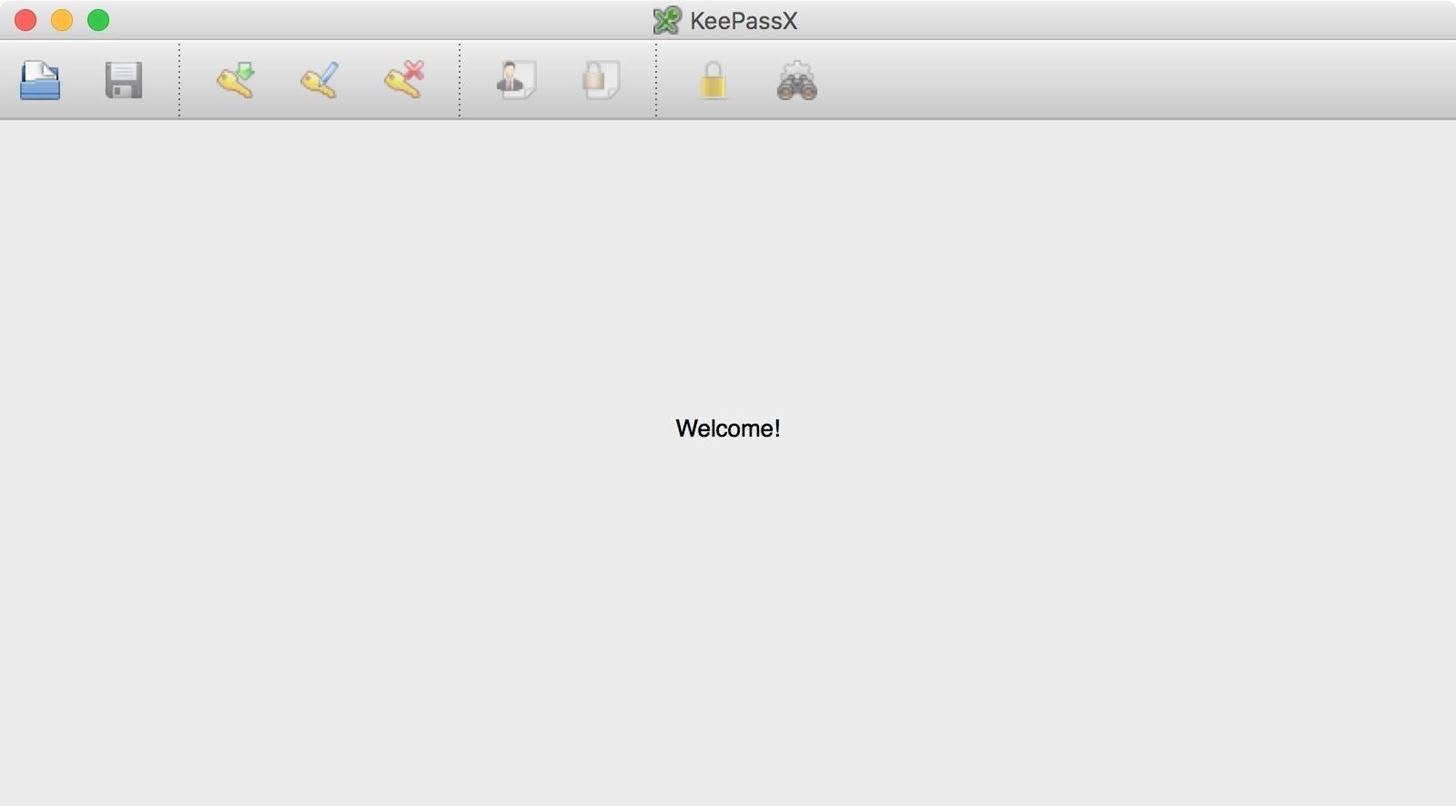How to Manage Your Passwords with KeePassX
Just like most other people, we hackers have a lot of credentials to manage. We're also human, so we have a hard time creating random difficult-to-brute-force passwords. So instead of rolling up all of our passwords with Diceware, we'll let our machine do the work for us—both in guarding the passwords and generating them. For this, we'll use a password manager.
There are many password managers on the market, and some of the heavy hitters for macOS are LastPass, 1Password, and KeePassX. I prefer KeePassX because it's open source, very secure, works on almost everything, and allows me control over my key database and key file. KeePassX uses either 256-bit AES or Twofish to encrypt the password vault, and has had only a couple of CVEs (Common Vulnerabilities and Exposures) in its lifetime.
Previously: How to Create an Encrypted Disk Image
Step 1Get KeePassX
Our first step is to download KeePassX from their website. Once we have the disk image, we will mount it and drag KeePassX into our Applications folder.Step 2Create a New Key Database
With the KeePassX window selected, go to "Database" in the menu bar and select "New database." For this tutorial, I will be using a key file along with a password. Without the key file, the database is useless. If you lose the key file, you will lose all of your passwords. I keep a backup of my key file somewhere safe, and a copy of it on a USB key. If I stored the key file with the key database and an attacker gained access to my system, they could attempt to brute-force my database. Better safe than sorry.Next, tick the "Key file" box (if you intend to use a key file) and click the "Create" button. You will be prompted with a save dialog. Select a location on your drive and save the key file—KeePassX will then generate the key file for you. If you are happy with your settings, click "OK" to continue.
Step 3Add Groups to Your Database
We now have a fresh key database, but we don't have any groups other than the default "Root" group, which houses everything. Groups are basically just folders to organize your passwords in whatever manner you want.Fill out the name field, add notes if you need them. If you have a password revocation policy, tick the "Expires" box and enter a date and time. Keep in mind that this will expire all passwords in that group at that time, and will remind you to select new ones.
When you are done editing a group, click on the "OK" button on the bottom-right of the window.
Step 4Add Entries
Now that we have some groups, it's time to start generating some credentials.Select a group, then press Command N or go to "Entries" in the menu bar and select "Add new entry." Enter the title, your username, and click on the "Gen." button to generate a new password. Here you will be able to select password rules. I selected the special characters button in the character types, but you can use whatever you want—just hit "Accept" when it's to your liking.







Comments
Post a Comment